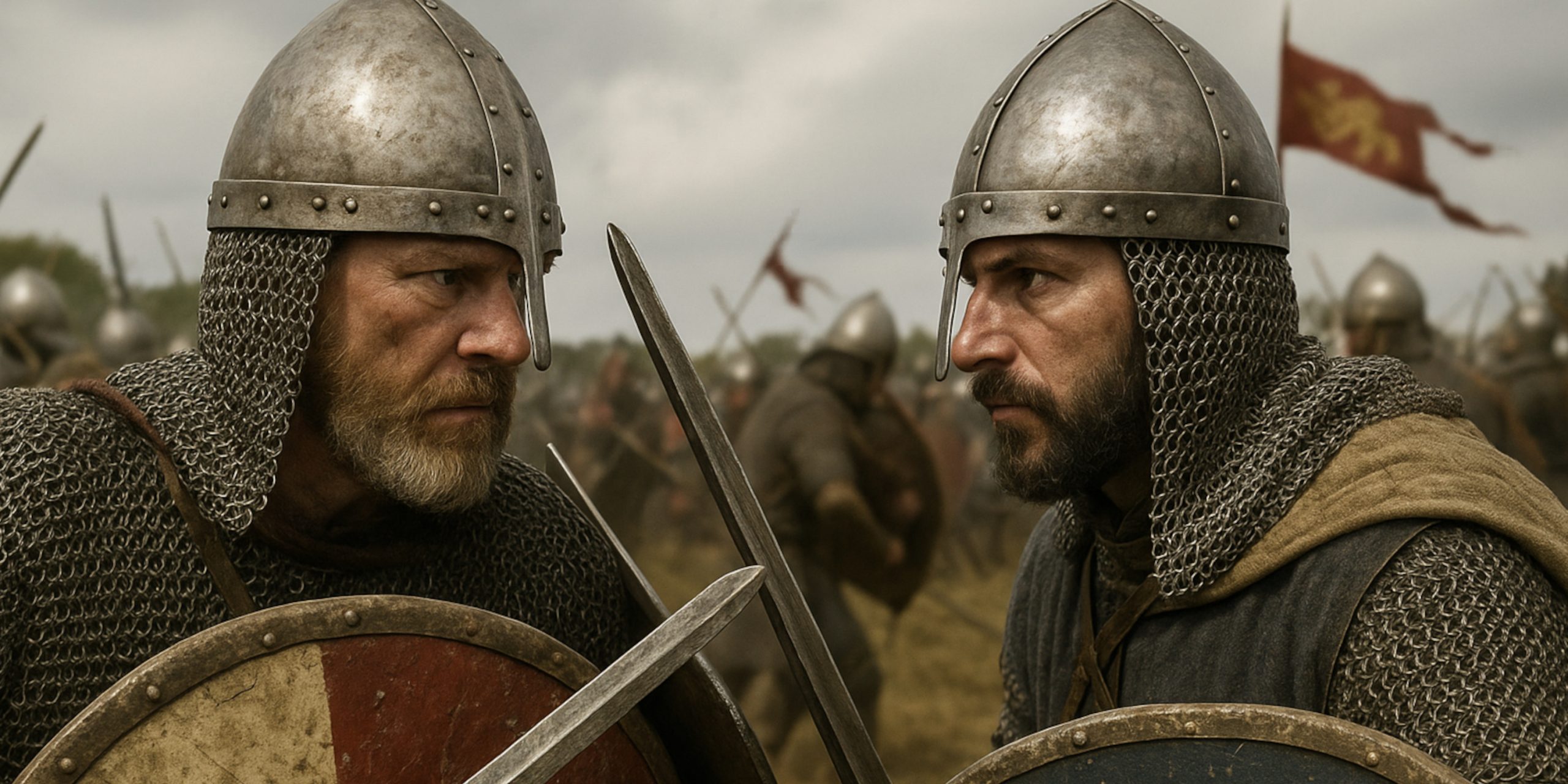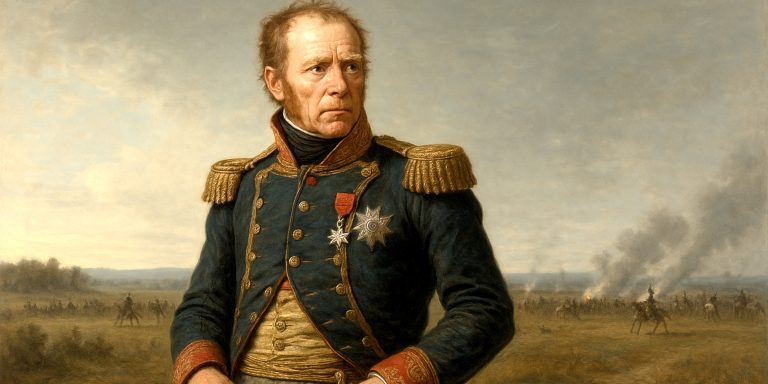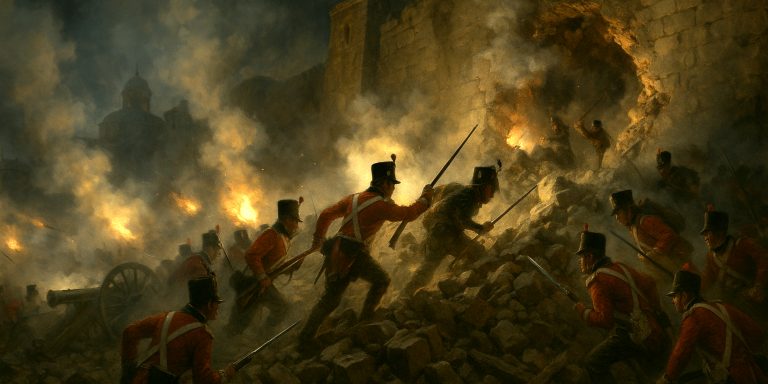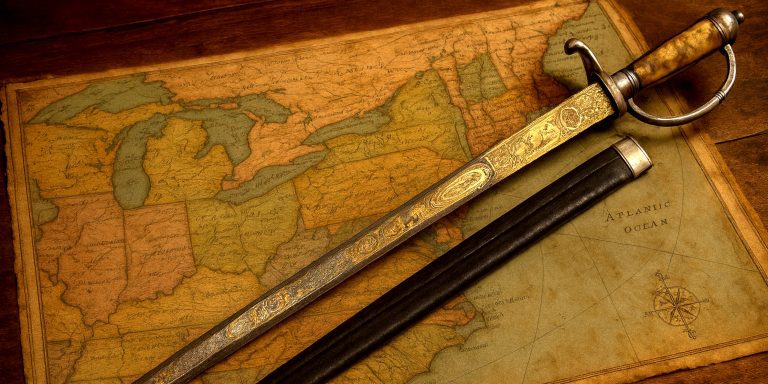
The Battle of Hastings re-enactment, held annually at the very site of the original conflict in 1066, is one of the most immersive and visually striking living history events in the UK. Thousands of spectators gather to witness the clash between Harold Godwinson’s Anglo-Saxon army and the invading Norman forces of William, Duke of Normandy. For participants, however, there’s a key decision to make before donning mail or drawing a blade: will you fight for the Saxons or the Normans?
Understanding the Context
The historical backdrop of the battle is complex. Harold, crowned king after the death of Edward the Confessor, was immediately challenged by William, who claimed Edward had promised him the throne. The two forces met at Senlac Hill in October 1066. Harold’s shield wall held firm for most of the day, but a combination of tactical missteps and Norman cavalry eventually turned the tide. The Saxon defeat marked the end of Anglo-Saxon rule in England.
Choosing a side in the re-enactment involves more than simply picking the winners or underdogs. It often reflects a deeper connection to heritage, local identity, or historical interest.
Why Some Choose the Saxons
The Saxon side tends to appeal to those who favour defending homeland and tradition. Re-enactors often take pride in representing Harold’s army as the last line of resistance against a foreign invader. The Saxons wore mail hauberks, carried kite or round shields, and wielded swords, spears, and the iconic two-handed Dane axe. Their shield wall formation is a central feature of any faithful re-creation.
From a performance perspective, Saxon roles often include a dramatic final stand and a sense of doomed bravery. Participants can portray housecarls, the king’s elite guard, or local fyrd levies raised in haste before the battle. For many, the Saxons embody a sense of tragic heroism that is compelling to portray.
The Case for the Normans
The Norman side offers a different appeal. William’s army was more diverse and tactically flexible, incorporating cavalry, crossbowmen, and infantry from across Normandy and other regions of France. Re-enactors who enjoy mounted combat, military strategy, or portraying a victorious force often gravitate toward the Norman contingent.
Norman kit involves conical helmets with nasal guards, mail, and the use of cavalry tactics rarely seen in English armies of the time. The Normans allow participants to explore the role of the medieval knight in its earliest form, complete with feudal overtones and disciplined coordination.
Some also find William’s claim to the throne legally and morally persuasive, making the Norman cause one of justified ambition rather than sheer conquest.
What It’s Like on the Field
The event itself is as much about camaraderie and living history as it is about martial display. Re-enactors camp in period-accurate tents, cook over open fires, and speak with visitors about life in the 11th century. The main battle, usually fought over the weekend, involves hundreds of participants and choreographed sequences based on primary sources and military archaeology.
Whether on the Saxon or Norman side, the focus is on authenticity, safety, and honouring the historical moment. Each side rehearses manoeuvres and ensures weapons and armour meet event standards.
Making the Choice
There is no wrong side to pick, only the one that resonates more with your interests. Some re-enactors switch sides from year to year to experience both perspectives. Others stick with one, building long-term connections and crafting more elaborate kit and character backstories.
If you’re new to the hobby, local re-enactment groups such as Regia Anglorum or Historia Normannis are excellent starting points. They provide training, loan kit, and help you find a role suited to your skills and interests.
The Seven Swords Takeaway
Choosing a side at the Battle of Hastings re-enactment is as much about personal identity as it is about historical representation. Whether you stand in the shield wall alongside Harold’s housecarls or ride into the fray with William’s knights, you become part of one of the most pivotal events in English history. The clash may be re-enacted, but the passion and purpose behind it are entirely real.
Watch: Battle reenactment from 2024:
For the latest infro, dates and times visit: https://www.visit1066country.com/whats-on/history



